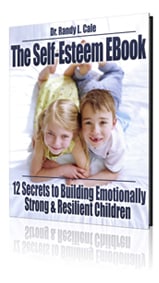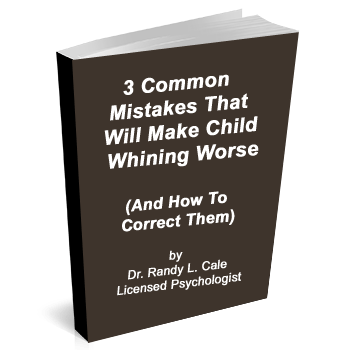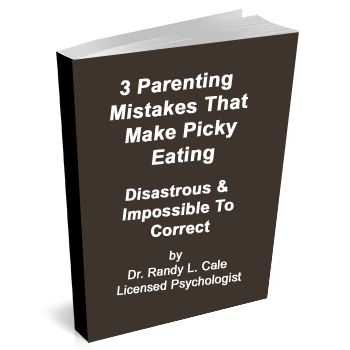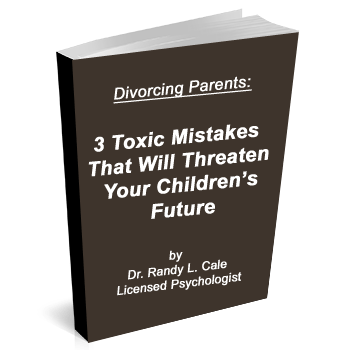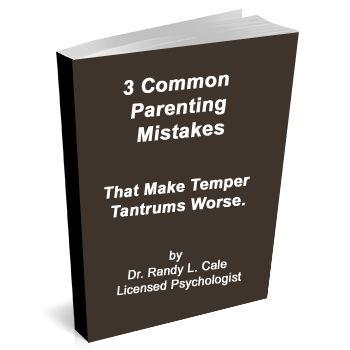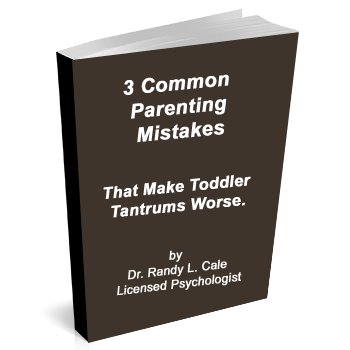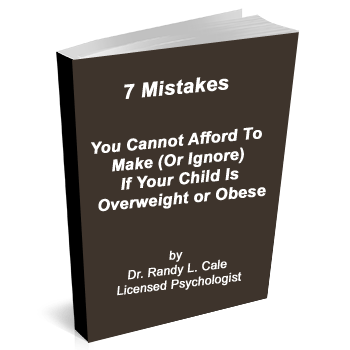Okay, let’s face it. Most children get too much stuff this day and time. Well, can I really say it’s too much? Maybe not…but we can know one thing for certain:
The more stuff they get…the less they seem to appreciate it.
Just notice for yourself. Most of us didn’t have 1/10th the number of toys, and gadgets, and goodies that our children have. We certainly didn’t have 1/10th of the number of entertainment options.
If there was any data to argue that kids having more and more stuff made them happier and happier, I would be the first to jump up and down and point to it. But it doesn’t exist for kids…and it doesn’t exist for adults. In fact, the more that we accumulate more stuff, more toys, and more entertainment, the less we seem to value it. So, the more, more…more…formula produces a culture where we value it less and less.
So, as the Holiday season approaches, consider how you can separate your family from the more, more, more formula and nurture values that you really care about. Here are a few simple ideas, that can help you keep your feet on the ground and teach values that are really going to serve happiness and satisfaction.
1. Set limits on their expectations.
As the holiday season rolls around, it is helpful to set limits on your children’s expectations. More and more, I see parents trying to fulfill a list with 15 items of what their kids want for Christmas. Out of fear of disappointment, or a desire to please, they go on a search to find every item, leveraging their credit cards well beyond their comfort zone.
Stop this madness, by controlling your kid’s expectations. For young children, you can probably do this best by telling them that Santa will only consider three toys or five toys or some number that seems reasonable to you. For older children or adolescents, you can simply tell them that you won’t consider more than five items on their list.
2. Santa knows what’s best for you.
For younger kids, as Christmas approaches, and you’ve made your choices, you can now continue to manage their expectations. I like to give kids the message that “It’s Santa’s job to know what’s best for you.” Explain that Santa is probably going to pick three toys that he feels you really need, and that will be it.
For older kids, who refuse to work down their list to the essentials, let them know that Mom and Dad know what’s best. And if they can’t be selective, you’ll be making the choice about what is best for them. If your daughter is caught on designer boots that cost $400 bucks, I would be cautious about feeding this tendency…even if you have the means. Why? Because expectations get set on a level of apparel that she cannot sustain herself, at least for several years! And finally, just remember…
3. Give them more. They appreciate it less. It’s the law.
You don’t have to trust me on this one. Just open your eyes and notice what you see. The more that our lives become focused on the “stuff” of our lives, the more that the “stuff” takes on the role of filling our addictions. Kids get addicted to immediate stimulation. Kids get addicted to limitless entertainment. Kids get addicted to passively absorbing stimulation, rather than being actively engaged.
How does this work in our brain? Well, we don’t know for sure, but it appears to be something like this. We get a new toy. We are entertained and engaged by it. Our brains, however, accommodate rapidly. That is part of the magic of the human brain. Accommodation brings with it a rapid sense of boredom and we move onto the next item. This is also why video games, social media and endless entertainment online is so addictive to children (and adults).
Consider the less is more approach. This allows for finding ‘more’ from what we already have. In this, lies the secret for happiness whether Holidays or any time of the year.






